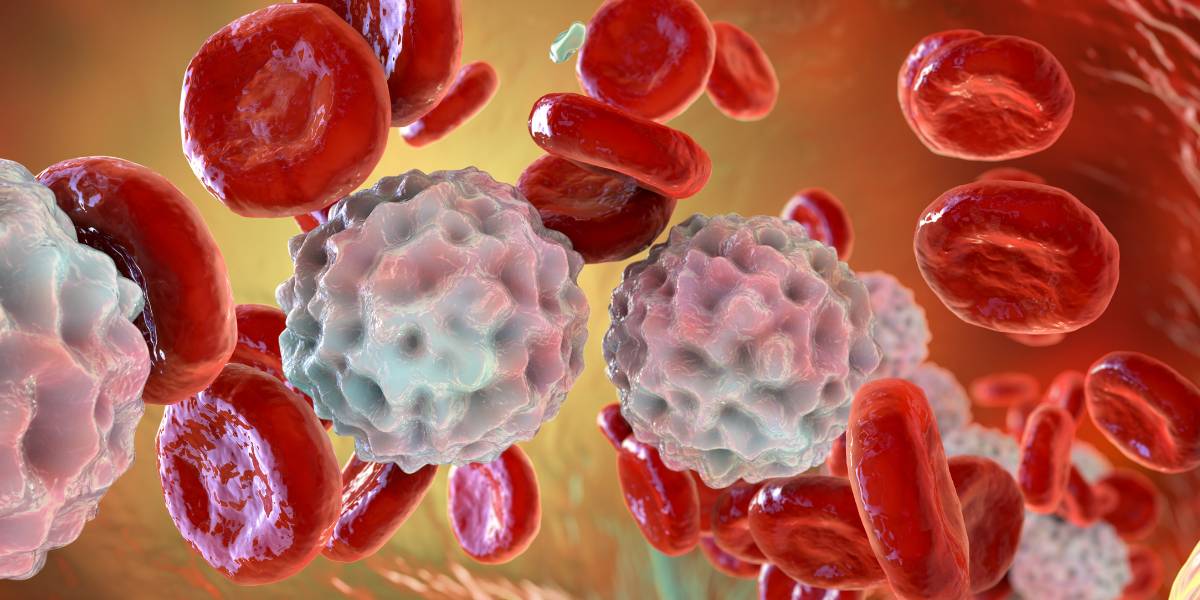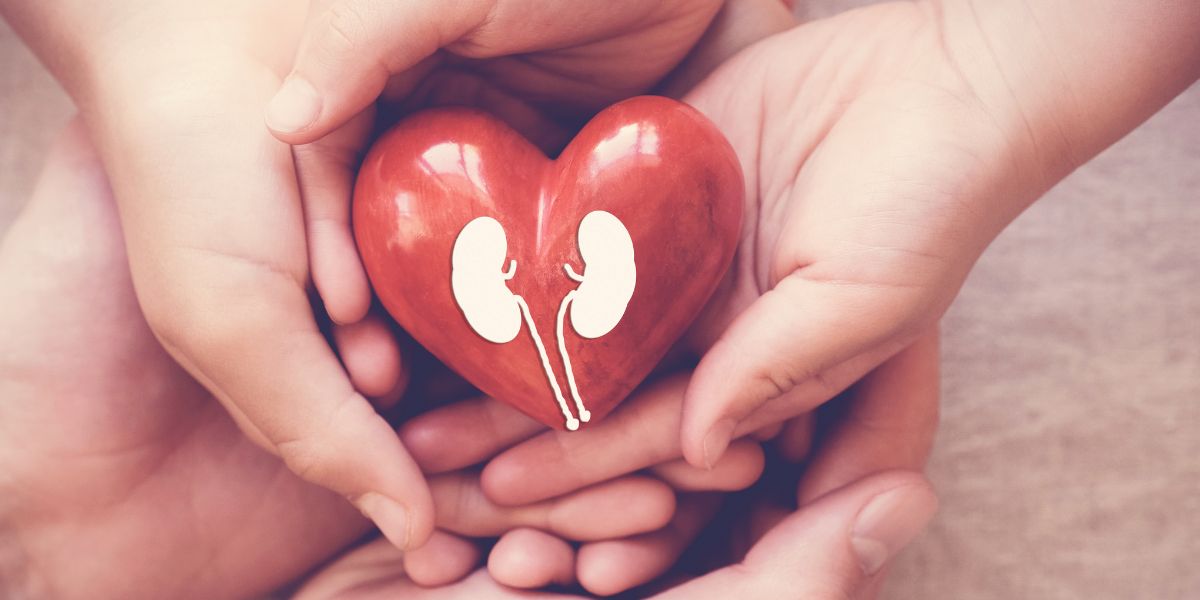Coma is relatively rare in diagnosed diabetes but it is very important to be aware of the situations that increase risk of coma.
Causes of diabetic coma
The main causes of coma occurring in people with diabetes are as a result of very low or very high blood glucose levels.
The three most common causes of coma in people with diabetes are:
Severe hypoglycemia and coma
Severe hypoglycemia (very low blood glucose levels) can lead to loss of consciousness and coma if not treated.
In most cases the body will restore blood sugar levels to normal by releasing glucagon to raise blood sugar levels.
Coma is more likely to occur from low blood glucose levels if:
- A large insulin overdose is taken
- Alcohol is in the body during hypoglycemia
- Exercise has depleted the body’s glycogen supply
Diabetic ketoacidosis and coma
Diabetic ketoacidosis is a dangerous state of having very high blood glucose levels (typically above 17 mmol/L) in combination with high ketone levels.
Ketoacidosis is able to occur if the body runs out of insulin and is therefore a factor for people with type 1 diabetes to be aware of. Insulin can prevent ketone levels rising and this is the key reason why people with diabetes are advised never to miss their long term (basal) insulin injections.
The symptoms of ketoacidosis include nausea, vomiting, dehydration, disorientation and deep, laboured breathing.
If someone with diabetes is displaying these symptoms call for emergency medical help as loss of consciousness and coma could follow.
Illness in type 1 diabetes can lead to high blood glucose and ketone levels. It is advisable to test for ketones during periods of illness to prevent ketoacidosis developing.
Diabetic coma at diagnosis of type 1 diabetes
If the symptoms of type 1 diabetes are not spotted soon enough, ketoacidosis can develop leading to coma before a diagnosis is made.
It is possible that doctors may not correctly diagnose diabetes at first presentation. Approximately 1 in 4 patients diagnosed with type 1 diabetes are recorded as demonstrating signs of ketoacidosis.
Nonketotic hyperosmolar coma
In type 2 diabetes, insulin levels in the body are usually present to stop ketone levels rising too high. However, at very blood glucose levels (typically above 33 mmol/L) a dangerous condition called Hyperosmolar Hyperglycaemic State (HHS) can develop.
Periods of illness or lack of sufficient diabetes medication could lead to development of Hyperosmolar Hyperglycaemic State.
Symptoms of HHS include extreme thirst, disorientatio, nausea and vomiting.
If someone with diabetes has the above symptoms call for medical help as losing consciousness and coma ( hyperglycaemic hyperosmolar non-ketotic coma ) can follow.
Preventing diabetic coma
The following recommendation can help to prevent diabetic coma from occurring:
- Be aware of the symptoms of high and low blood glucose
- Test blood sugar levels , particularly during periods of illness
- Drink alcohol responsibly
- Avoid alcohol after strenuous exercise
- Beware of hypoglycemia at night following exercise (if taking insulin or sulfonylureas)
- Test for ketones if blood glucose levels are high (type 1 diabetes)






